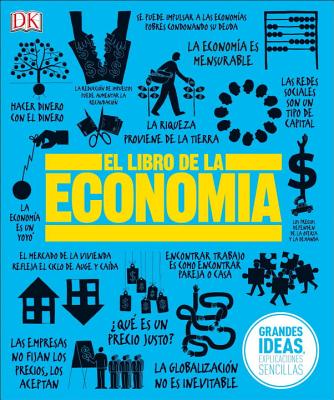
Haysom, Cheetah
product information
description
4The human heart of New York State's Black Dirt region is Pine Island, population 2,000, a hamlet in the town of Warwick in the South-Central section of Orange County, just 60 miles from New York City.Here, citizens live on outcrops of limestone that rise out of the fertile soil, like islands in a lake - islands in what was indeed once a massive swamp left by melting glaciers 12,000 years ago. Most Pine Islanders are farmers or connected to farming, people enticing out of the crumbly muck lands the onions, lettuce, radishes, cabbages, carrots, corn, pumpkins, squash, and new exotic specialty crops that help feed the ethnically diverse and increasingly fresh-food conscious population in the nearby New Jersey-New York-Connecticut tristate region.Part of the riches of the valley is the history of the Polish and German settler communities and their very American stories - people who came to the region poor, worked hard, raised their standard of living and became contributors to both the giant metropolitan food table and the collective immigrant story.Those who drained these Drowned Lands of Orange County and their descendants who still live and farm in the Black Dirt valley are remarkable people. But there is a disconnect between the lives of those farming this fertile region and the growing chorus from the vast urban demographic about the importance of fresh, local food.This is the region producing much of that same fresh, local food yet few of those who are part of the locavore clamor know about the Black Dirt farmlands; few know about the extraordinarily rich dark soil, or the lives, histories and the hardships of the people growing the nutritious vegetables that help feed the biggest mouth in America. Few are aware that the Black Dirt farmers provide more than 7,000 tons of produce annually to the East Coast swath be-tween Boston and Washington DC - one quarter of the U.S. population. Certainly, very few know how vulnerable this region is to dire threats to its survival as an agricultural wonderland.
member goods
No member items were found under this heading.
listens & views

XXX: THREE DECADES OF ROADRUNNER ...
by XXX: THREE DECADES OF ROADRUNNER RECORDS
COMPACT DISCout of stock
$60.99
Return Policy
All sales are final
Shipping
No special shipping considerations available.
Shipping fees determined at checkout.






